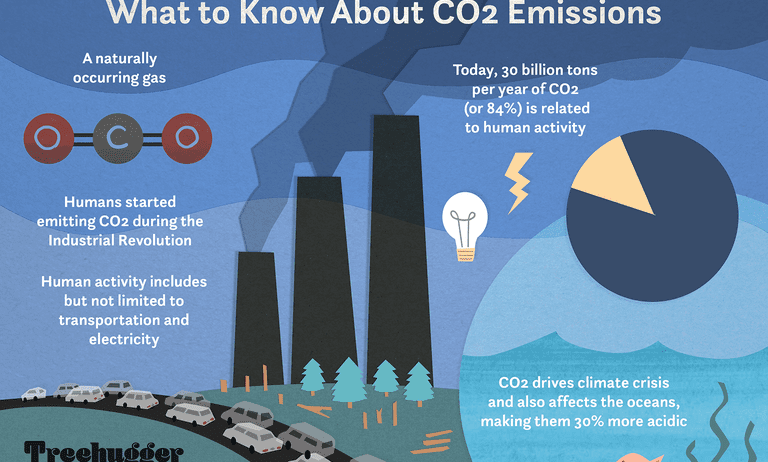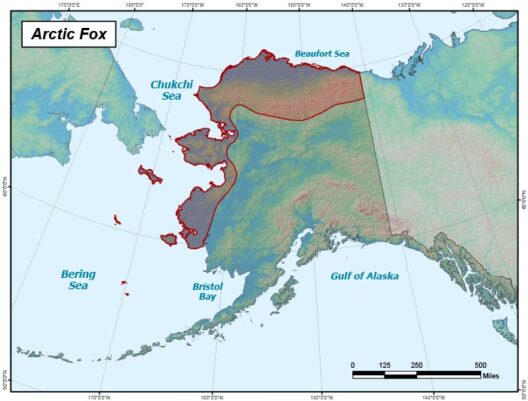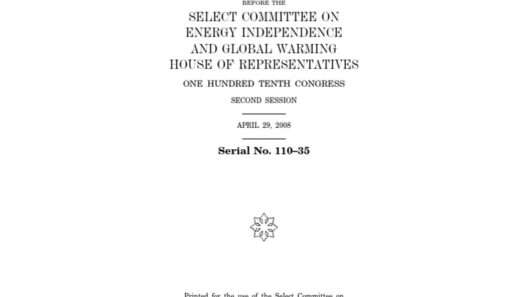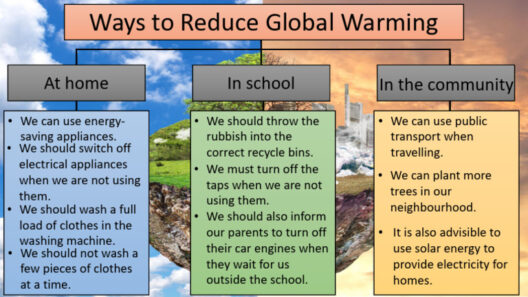The intricate relationship between global warming and the concentration of carbon dioxide (CO2) in the atmosphere is a critical concern for understanding the nuances of climate change. This interdependency is often encapsulated within the concept of a feedback loop, a phenomenon where the effects of warming may, in turn, exacerbate the very conditions that initiated climate change in the first place. This examination aims to unravel the complexities of this feedback loop, shedding light on its implications and the broader context of our evolving climate crisis.
To grasp the feedback loop between global warming and increased CO2 levels, one must first acknowledge the roots of climate change. The primary driving force is anthropogenic greenhouse gas emissions, particularly from the burning of fossil fuels, deforestation, and various industrial processes. These emissions trap heat in the atmosphere, creating a warming effect known as the greenhouse effect. As temperatures rise, various natural processes are influenced, often resulting in heightened carbon dioxide concentrations.
One of the most significant natural processes affected by warming is the function of carbon sinks, particularly oceans and forests. Oceans are a substantial reservoir for CO2, absorbing about a quarter of all anthropogenic emissions. However, as ocean temperatures rise, their ability to sequester carbon diminishes, leading to the potential release of CO2 back into the atmosphere. This phenomenon represents a classic example of a feedback loop—global warming reduces the ocean’s capacity to absorb CO2, which in turn accelerates atmospheric warming, creating a cycle of increased emissions.
Forests, recognized as vital carbon sinks, also fall victim to rising temperatures. A warmer climate can lead to increased instances of wildfires, pest infestations, and diseases, all of which undermine the health of forests. The destruction of these ecosystems not only releases stored carbon but also diminishes the overall capacity for future carbon uptake. Thus, the initial warming event engenders a series of ecological disruptions, which in return escalate atmospheric CO2 concentrations.
Permafrost, the permanently frozen ground found in polar regions, is another critical component of the feedback loop. This frozen layer of soil contains vast quantities of organic matter that have been locked away for millennia. However, as global temperatures climb, permafrost thaws, releasing methane—a potent greenhouse gas—and additional CO2 into the atmosphere. This release exacerbates warming conditions, perpetuating a cycle that is increasingly concerning to climate scientists.
The implications of this feedback loop extend beyond atmospheric chemistry—they infiltrate socio-economic domains, influencing agriculture, weather patterns, and human health. Changes in ocean and atmospheric temperatures can result in extreme weather events, such as hurricanes, droughts, and heavy rainfall. As such events become more frequent and intense, they can devastate agricultural productivity, leading to food insecurity and economic distress.
Moreover, the interconnectedness of ecosystems means that the adverse effects of increased CO2 concentrations are not confined to specific regions. The encroachment of heat increases the likelihood of spread for invasive species, thereby disrupting local biodiversity and ecosystem services. This interplay underscores a crucial point: the feedback loop is not merely a climatic anomaly—it is an overarching narrative that interlinks all living systems on Earth.
In the pursuit of effective climate action, understanding the feedback mechanisms associated with CO2 emissions is imperative. Governments, organizations, and individuals are urged to recognize that mitigating climate change requires proactive measures to fortify carbon sinks. Efforts such as reforestation, sustainable land-use practices, and ocean conservation can bolster the natural systems that sequester carbon, thereby preventing the feedback loop from deepening.
The discourse surrounding climate change often evokes urgency, but it should also inspire fascination. The feedback loop between global warming and increased CO2 showcases the impressive complexity of our planet’s systems. This complexity, while daunting, presents opportunities for innovation and transformative approaches to sustainability. Advancing technology and scientific research offer new avenues for both understanding and mitigating the consequences of expanding greenhouse gas emissions.
Equally essential is the role of public awareness and education in breaking this cycle. Society’s understanding of climate dynamics must evolve, promoting a culture of responsibility and stewardship towards the environment. Engaging communities in discussions about the impacts of carbon emissions and climate change enhances resilience against the inevitable shifts brought forth by a warming planet.
As the world grapples with the realities of climate change, it becomes clear that the feedback loop illustrating the interplay between global warming and CO2 levels is not merely an academic concept; it embodies a critical call to action. Recognizing that our choices today impose consequences on future generations is paramount. We stand at a pivotal crossroads, where our collective response can dictate not only the trajectory of our atmosphere but the resilience of our global ecosystems.
In conclusion, understanding the feedback loop linking global warming to increased carbon dioxide levels is of utmost importance. It provides insight into the cascading effects of climate change while highlighting the urgency of mitigating actions. The equilibrium of our planet’s climatic systems rests on our ability to embrace sustainable practices and foster a communal ethos of environmental conservation. Only through informed, concerted action can we hope to navigate the turbulent waters of climate change and build a sustainable future.








